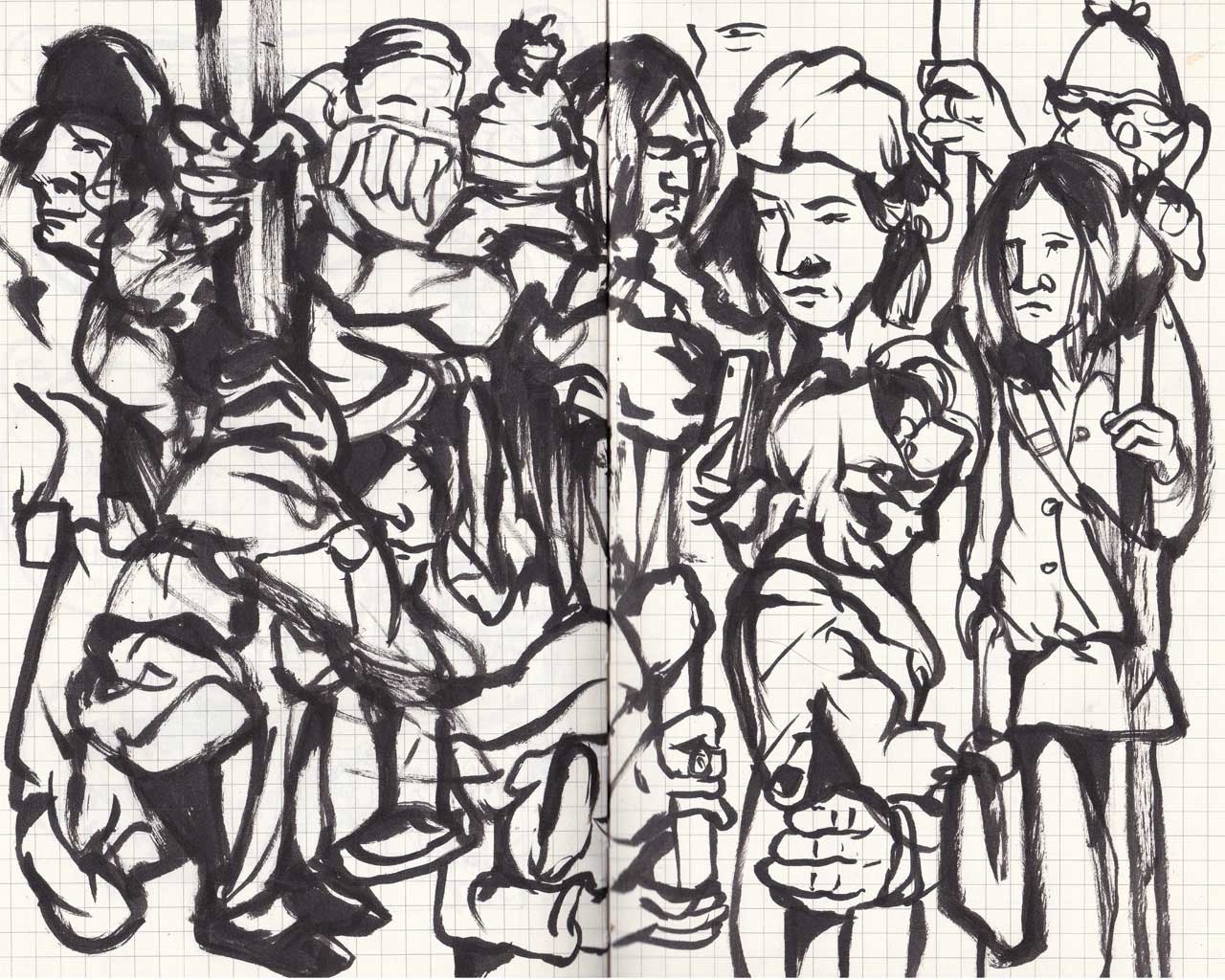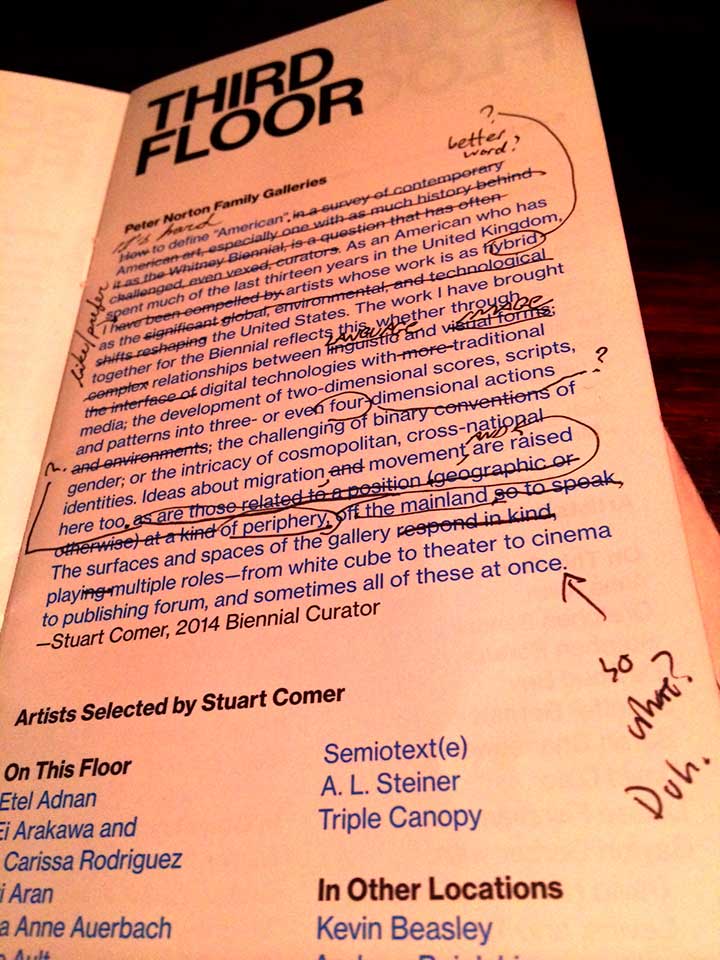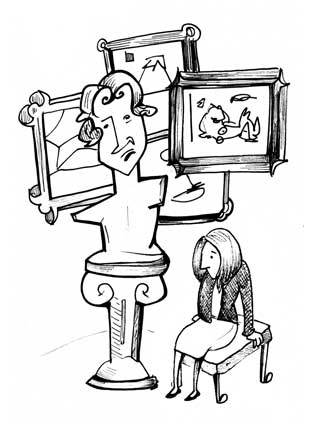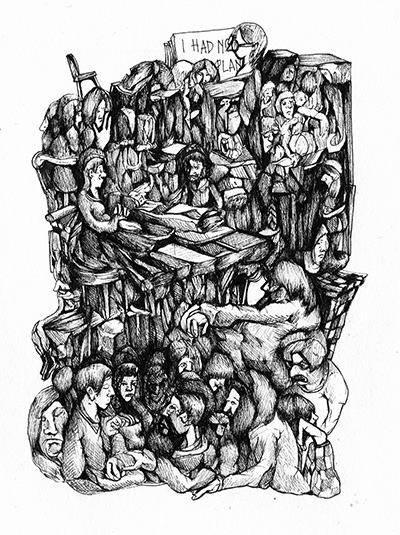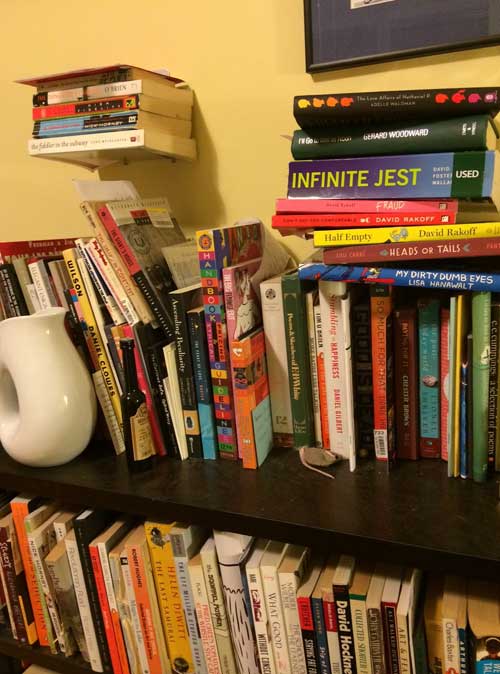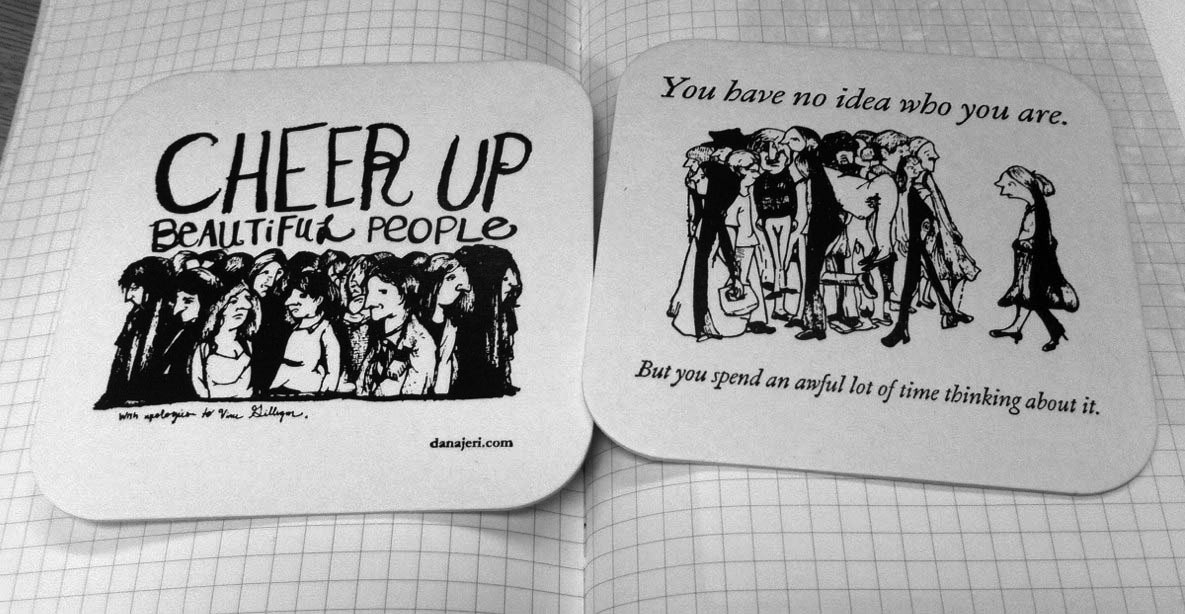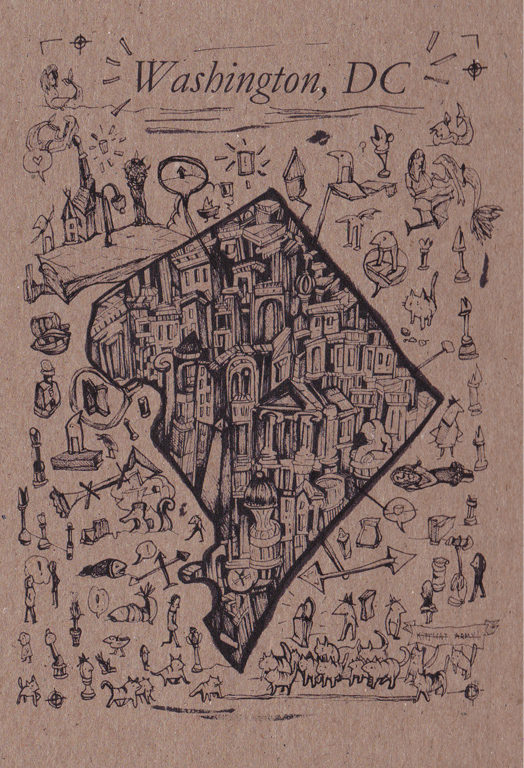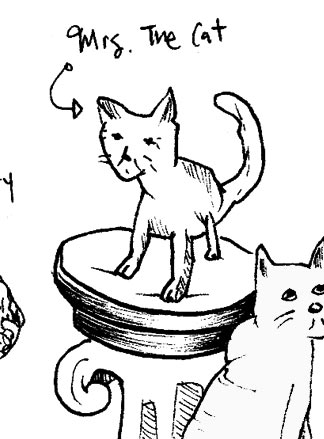Here I go again, for the sorts of people who might be interested in this kind of thing. Also, since most of these were audiobooks I am using the words, "read" and "listen" interchangeably, as a shorthand for, "I have absorbed the content of this book in some form or another." If this bothers you, well, I think I know who you are. Anyhow, on we go!
Book I Read That I Liked Well Enough, But Was Glad When it Was Over
The Goldfinch, by Donna Tart
I’m not sure how I feel about this book, exactly. Greatly enjoyed it in parts, got fed up in others, and breathed a sigh of relief when I was finally done. Overall I would describe reading it as a stressful experience, one that put you into the same frame of mind as the mind-bogglingly unfortunate protagonist.
That said, I think the whole tome was worth it for this paragraph alone.
Best Book I Read that Came out in 2014
Thunderstruck, by Elizabeth McCracken. Stories that capture loss oh-so-perfectly. And leave you hungry for more.
Best Book I Read That Did Not Come Out in 2014
The Pale King, David Foster Wallace. For many reasons, this one hit home. And it had several moments that left me laughing hysterically on the Metro and causing fellow passengers to look at me funny.
Best Art Book
The Art of Richard Thompson (see my gushing here).
Best Revisiting Childhood
Dear Mr. Henshaw, by Beverly Cleary
I'm always going back to my favorite children's books from time to time, just because. A few months ago I stumbled on Dear Mr. Henshaw in the used bookstore, and read so much of it I finally decided to pony up the $4 and buy it. This book is sadder reading it as an adult but it also makes you remember certain truths about being a kid that seem worth carrying in the back of your mind, like the way a compliment by a well-respected adult could have you glowing for days.
Book I Felt Kind of Guilty About Abandoning, Then Didn't When I Read Nabokov Wasn’t a Fan Either.
Crime and Punishment, Fydor Dostoevsky.
Says Nabokov: "Dostoevsky is not a great writer, but a rather mediocre one-with flashes of excellent humor, but, alas, with wastelands of literary platitudes in between."
From Truth is Fragmentary, by Gabrielle Bell
Books I Abandoned Without Regret
The Woman Upstairs, by Claire Messud, and Us, by David Nichols. Like most people, my first reaction when abandoning books is to say, 'I didn't like the characters.' Which is always true, but also never the real reason the book isn't doing it for me. It's more that the characters didn't inspire curiosity; I didn't care what they'd do next, and didn't want to spend any time with them; their reactions to their situations were too dull/predictable/implausible. Which is mostly what happened here.
Best Comics
Can't We Talk About Something More Pleasant? by Roz Chast, a comic memoir I picked up on a whim and devoured in under 24 hours. This is a funny, brutal account of the complications that arise dealing with aging parents, all the more horrifying for how clear-eyed it is.
I also read Gabrielle Bell’s Truth is Fragmentary on a trip to Istanbul, which wound up being the perfect thing to read when bopping around a foreign land by yourself.
Worst Movie Adaptation from a Much-Loved Novel
Please please please never watch the movie version of A Long Way Down, especially if you’re like me and adore the book. It pained me to turn off a film starring Aaron Paul and Toni Collette after fifteen minutes, but I couldn't bring myself to watch more than that.
Classics that I Probably Should've Already Read by Now, But Hadn't
Last year it occurred to me that I hadn’t read anything published earlier than 1999, so I tried to get better about finishing books that have actually stood the test of time. My favorites: The Age of Innocence by Edith Wharton, Nine Stories, Raise the High Roofbeam Carpenters / Seymour: an Introduction by J.D. Salinger. I also may have been the only person who hadn't read Of Mice and Men in middle school, so I did. And then it made me cry on the bus.
Anything you read this year you recommend? As always, let me know in the comments, or become my friend on Goodreads.













